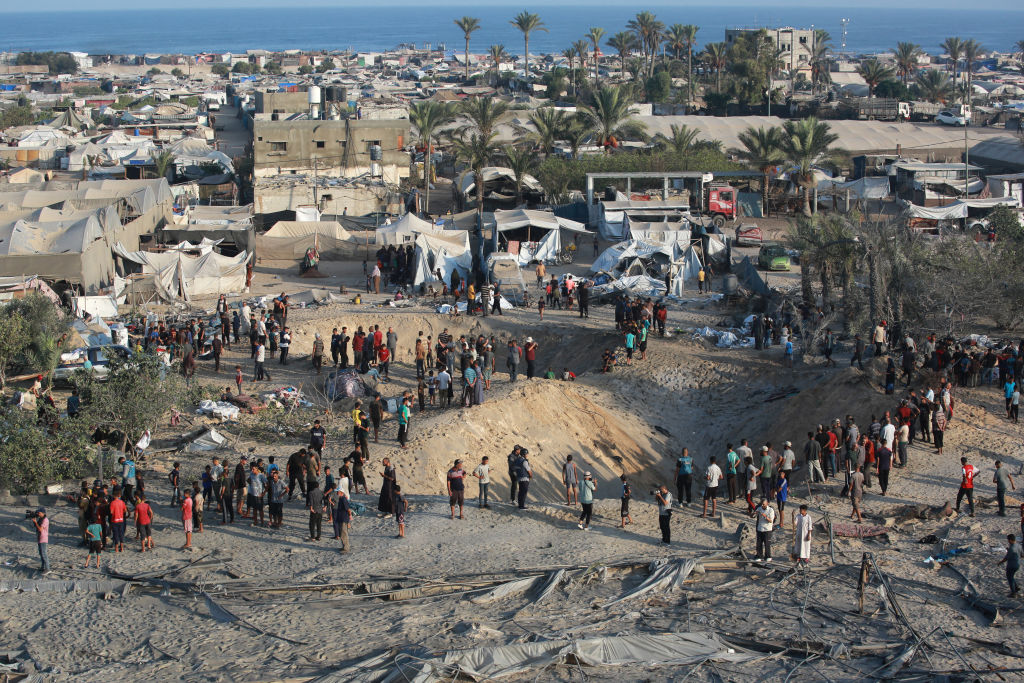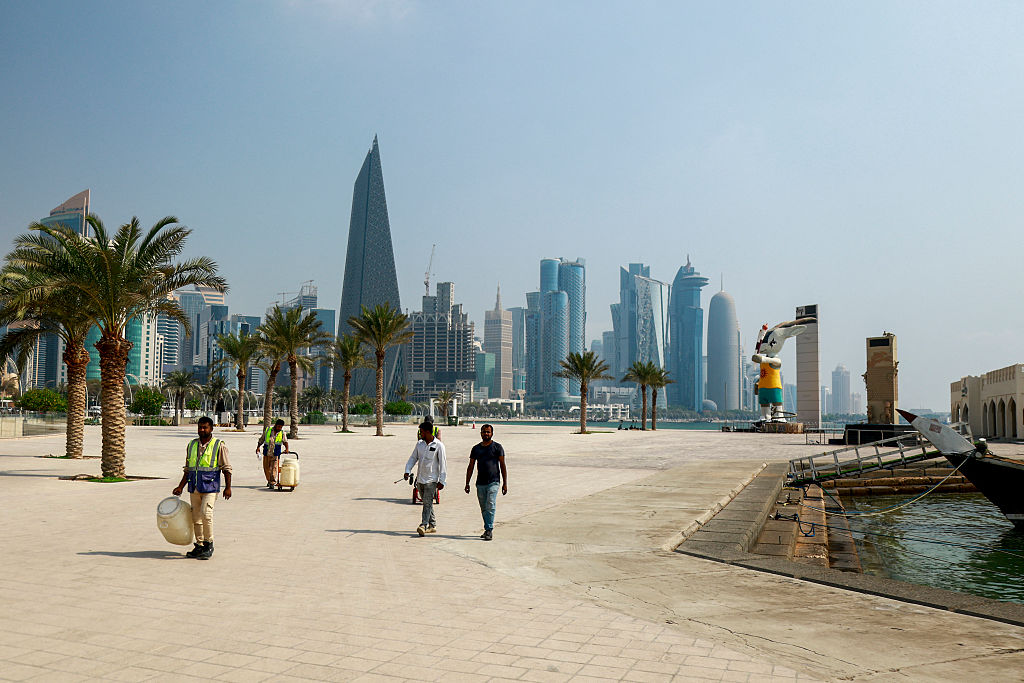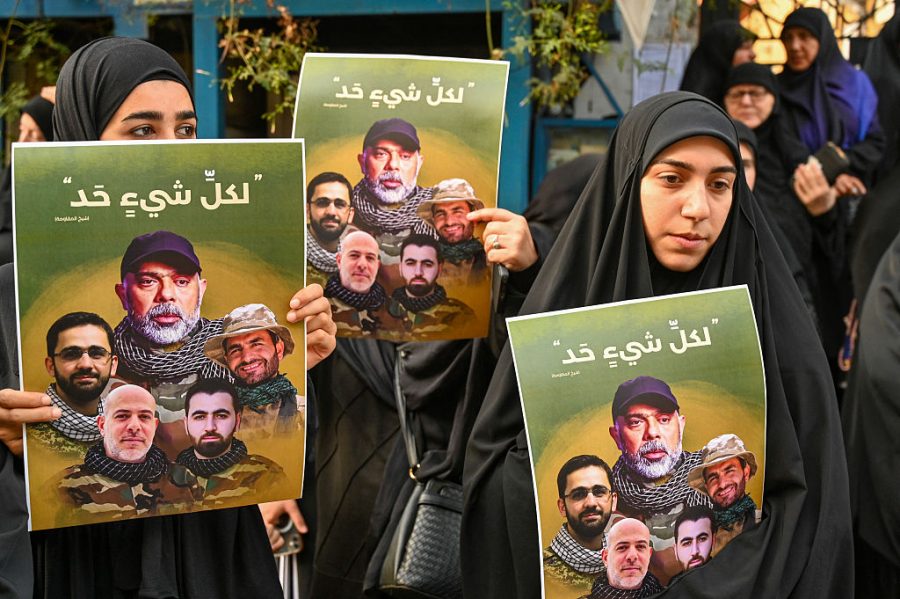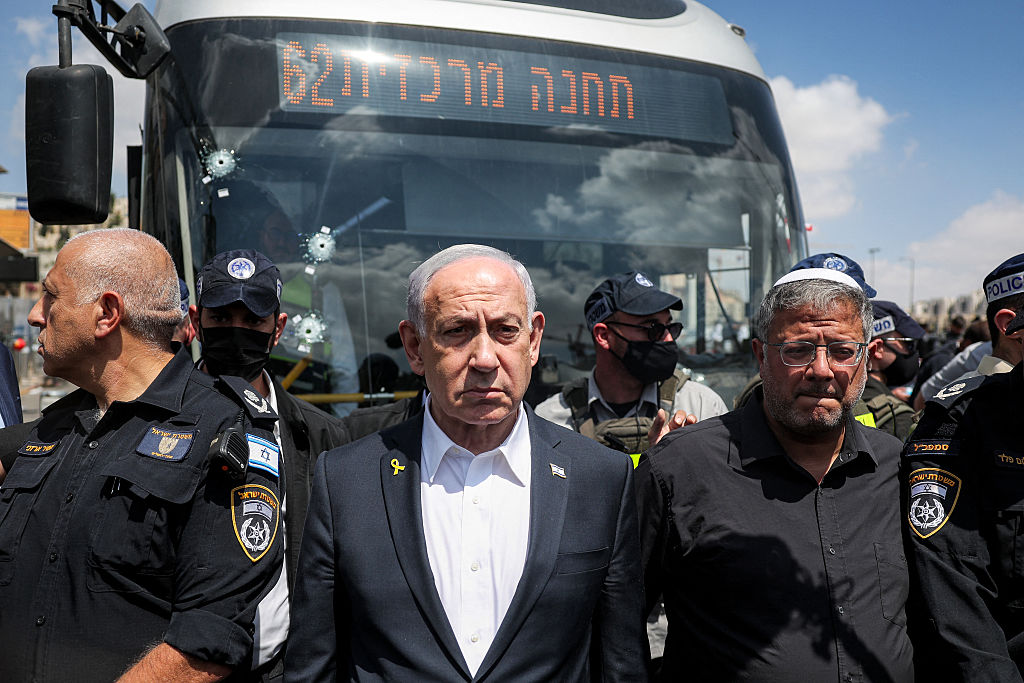Has Hamas finally been defeated in Gaza, nearly a year after it launched the most deadly attack in Israel’s history? Israel’s defense minister Yoav Gallant has proclaimed that Hamas no longer has a military capacity in Gaza.
Hamas has indeed suffered a considerable blow since October. Many of its tunnels — one of its greatest strategic assists — have been destroyed entirely or partially. Many of its commanders have been killed. Two of its top three leaders, Mohammed Deif and Marwan Issa have been eliminated, as was the organization’s political leader Ismail Haniyeh, who was assassinated in Tehran.
Although the precise number of killed Hamas terrorists is not known, it is substantial. More importantly, the elimination of the chain of command and destruction or seizure of many of its weapons have greatly reduced the terror organisation’s ability to fight back effectively.
Although the precise number of killed Hamas terrorists is not known, it is substantial
All of this doesn’t mean that the threat is completely gone. If Israel withdraws its forces out of Gaza, the lack of a Palestinian leadership powerful and effective enough to fill the gap in power left by Hamas, means the organization could rebuild its capabilities.
This means two things for Israel. The first is that this achievement allows the IDF to move to the next phase of fighting. This means low-intensity, mostly above-ground combat that forces Hamas terrorists underground, turning the war into a siege that will make it difficult for them to carry out attacks. It is also hoped that this will place enough pressure on Hamas to agree to a deal and free the remaining hostages. Because of its military limitations, Hamas has moved to guerrilla tactics — ambushing Israeli troops with small forces that disperse quickly to minimize their own casualties.
Fighting this will require fewer forces from the IDF. This the second key thing for Israel: it will now be able to divert resources to fighting Hezbollah in Lebanon. The Iran-backed militant organization has been relentlessly attacking Israel since October 8. Israel has so far acted with restraint, even though missile and drones attacks have resulted in widespread destruction in towns across northern Israel, creating casualties, wildfires, and the evacuation of some 60,000 civilians who have been living as refugees for the past eleven months.
The Israeli government has been reluctant to start a full-scale war on a second front while still fighting one in Gaza, and concentrated on targeting Hezbollah commanders and weapons arsenals. A war in Lebanon is also expected to be extremely risky; Hezbollah is larger and considerably more powerful than Hamas, and fighting in Lebanon will prove much trickier than fighting in the small area of the Gaza Strip.
However, Gallant told troops on Tuesday that the IDF is about to complete its mission in the south, and its new mission is to change the security situation in the north. Gallant wants to make it possible for residents to finally return home. He told troops at the end of a training exercise that mimicked a ground war in southern Lebanon that they “must be ready to complete the mission.”
While this goes on, Israel’s main aim in Gaza will be preventing Hamas from rebuilding its capabilities and from returning to power. To do this, the IDF may take over the distribution of aid in Gaza. So far, Israel has allowed vast amounts of aid into the Strip, but much of it has been confiscated by Hamas — worsening the humanitarian crisis. The seizure of essentials, such as food, medicine and fuel, has enabled Hamas to continue fighting. Hamas has also been selling these goods, donated by countries and charities and making a profit that has been used for terrorism. Denying Hamas these goods — and making sure they reach Palestinian civilians — will weaken them further.
Internationally, it’s essential that Iran and Qatar are held accountable for any help they give to Hamas and other Palestinian terror organizations. This includes money, weapons and training. The task of fighting Hamas was carried out by Israel, at great cost. It’s now up to influential countries, such as the US and the UK, to make it clear to both Qatar and Iran that helping Hamas to rebuild will be met with harsh sanctions.
This article was originally published on The Spectator’s UK website.


























Leave a Reply